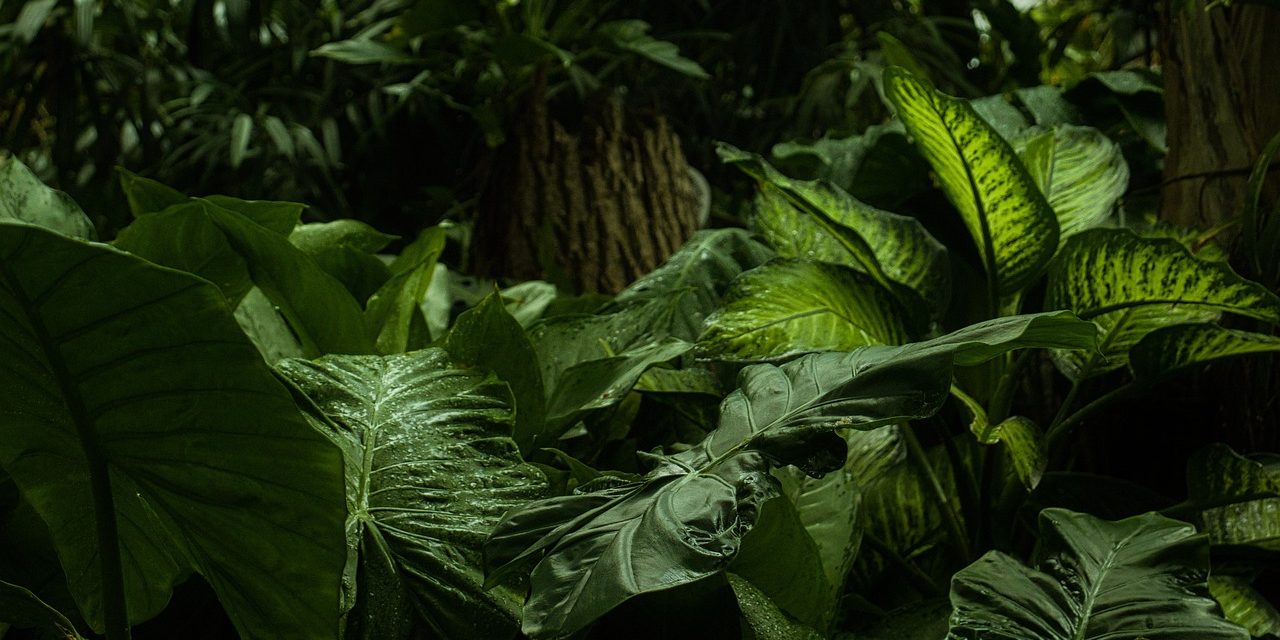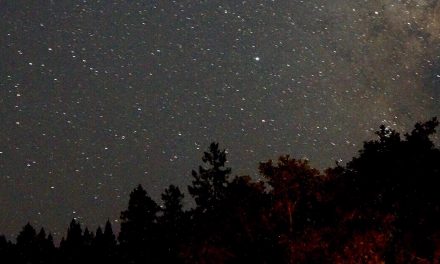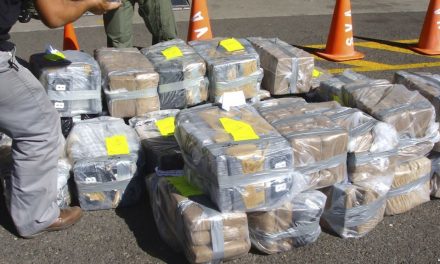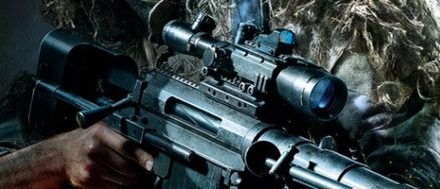The operations may be different, but the targets all react the same. Confusion sets in when they can’t raise colleagues on the radio, then they break formation to figure out what’s going on. Then the screaming starts when the first body is discovered, providing perfect cover for suppressed shots to take out guards on the other side of the compound. With dawning horror, those who first found the results of our handiwork soon realize they’re the only ones left.
Sometimes they fire wildly into the jungle—screaming about “asesinos americanos” or cursing the rebel forces their junta has been trying to grind underfoot—other times they just freeze, eyes darting this way and that, all but paralyzed with fear. I don’t know if it’s out of a sense of civic duty, or fatalism, or what, but they never surrender. They all keep their rifles flitting from one side to the other until the moment we escort them to the dirt with a 5.56mm escort.
Larger military units may talk amongst themselves about the morality of taking out hostiles who don’t actually pose a meaningful threat, but our team have all accepted that morality doesn’t have much play in the field. Not only are we acting on orders from people who have probably never even stepped foot in Bolivia, we were chosen because we’re the scalpel that cuts out a tumor; the other option is a carpet bomb and everyone knows how that’ll play out in the press.
It’s a sure thing that some of the cartel soldiers we drop were dragooned or coerced into fighting, but the vast majority are true believers, taking full advantage of the cartel’s offer to live out their tough guy fantasies. Maybe at the end of the day, us being here is just a way for them to wake up from that dream that feeds on the terror and pain of their fellow citizens.
I do wonder though if it’s not the silence with which we storm a hardened position that terrifies the soldiers most, though, but the taunting and jeering of the rebels they’ve captured once it’s clear we’ve arrived. As the guards start getting frantic, the prisoners start shouting, laughing, and taunting their captors. “¡Los americanos te comerán la cara!” they call, a fairly fitting threat, all things considered; some of the cartel factions have started calling us “los jaguares” and the name has caught on among the rebels.
Though SOP is to cut the power at any location we’re hitting—the cartel doesn’t provide its grunts with night-vision—the soldiers rarely go to investigate their generators once all the lights go off. Honestly, it’s probably better for them that they don’t—SOP also dictates that we leave a small proximity mine behind as a deterrent. Maybe they’re just used to their third-hand infrastructure going down, or maybe they know it’s a sign of what’s about to come and blithely accept there’s nothing they can do to stop it.
Don’t get me wrong, I don’t consider our team to be some unstoppable juggernaut of death, but that’s definitely the attitude we hear while setting up, gathering reconnaissance before a strike. We take a few licks here and there, but good intelligence, careful planning, and equipment provided by Joe America’s tax dollars mean we rarely have to do any real triage. We all carry shots of adrenaline and other uppers to keep each other fighting through any wounds we may suffer, but most engagements are heavily lopsided in our favor, even if it’s our small team up against thirty soldiers in a fortified bunker.
The cartel has been good about limiting means of egress into their camps—either utilizing existing walled mansions or adding razor wire and motion sensors to more rural locations—but they still haven’t accounted for our ability to strike from almost any direction. While our spotter flies a drone overhead, marking targets and identifying key strategic resources for capture and later donation to the rebels, our sniper crawls, climbs, or hikes his way to a vantage point where the walls provide neither cover nor security. Once the drone has a hostile painted, it’s not even a question of whether or not they’ll be removed, but rather in what order.
Once the main courtyard has a few bodies in it and the hostiles have stopped coming to investigate, deciding instead to hunker down in place, that’s when the assault actually begins. Our eyes in the sky give us real-time tactical information, letting us approach from hidden corners, obscured sight-lines, and winnowing the herd down to the last man.
Occasionally there’ll be a high-value target, and beyond the usual ranking cartel lieutenant that the CIA boys in their drab olive tents want to talk with, sometimes we’ll find someone who holds a lot of sway with the locals who have signed up with the cartel—heck, maybe he was even the one who convinced them to join—and we give them a very pointed message to send to everyone in the area, to run along and spread the word, stoking more rebel fervor.
We are here, and we will burn the cartel to the ground. You will not find us, you can not stop us. Give up, or die screaming.
A buddy and I decided to re-play through Tom Clancy’s Ghost Recon: Wildlands again after an almost eight-year hiatus, and it holds up surprisingly well. It hits the right open-world freedom and purpose-driven storylines where there’s always something to do or find regardless of direction you explore, and it all contributes to a greater overarching story, so none of the actions feel wasted or immaterial.
With any luck I’ll continued to be inspired to write more Covert Ops stories, contributing to the large number I composed the last time we set our sights on Bolivia.
Header image by Hanna Groß from Pixabay, a fantastic source of royalty-free stock images













